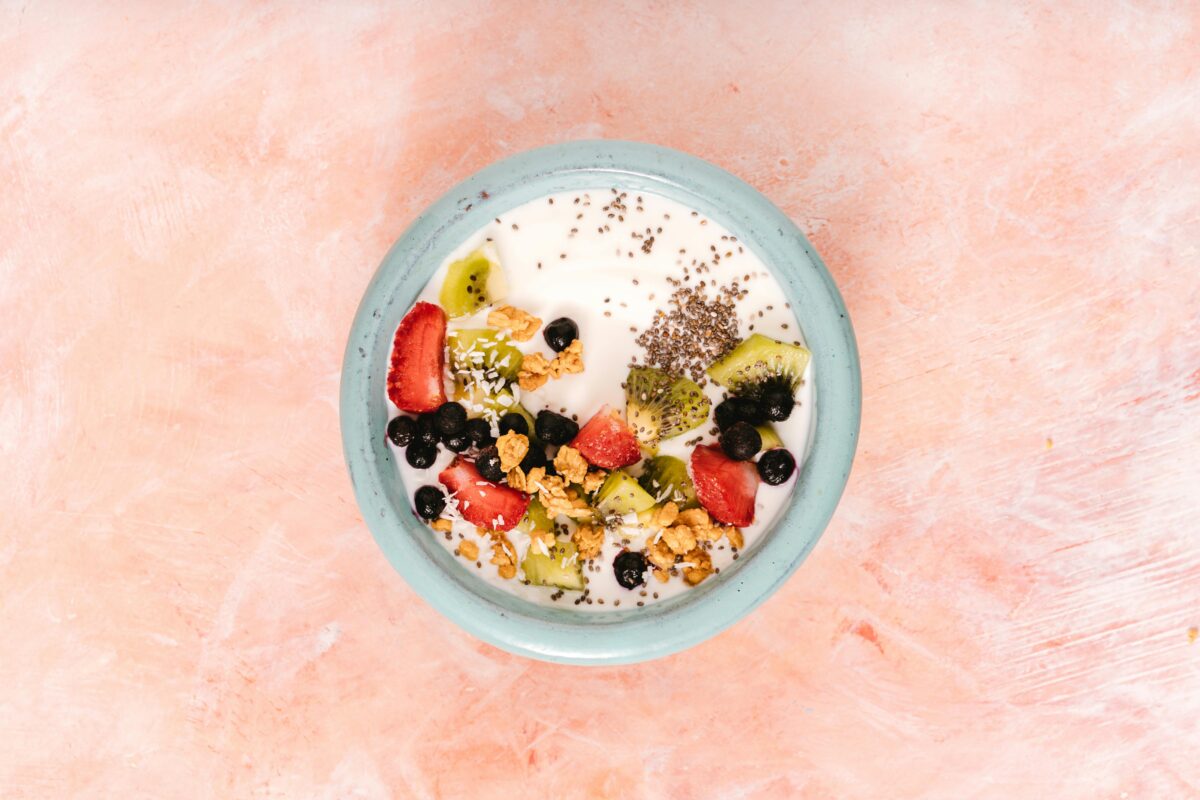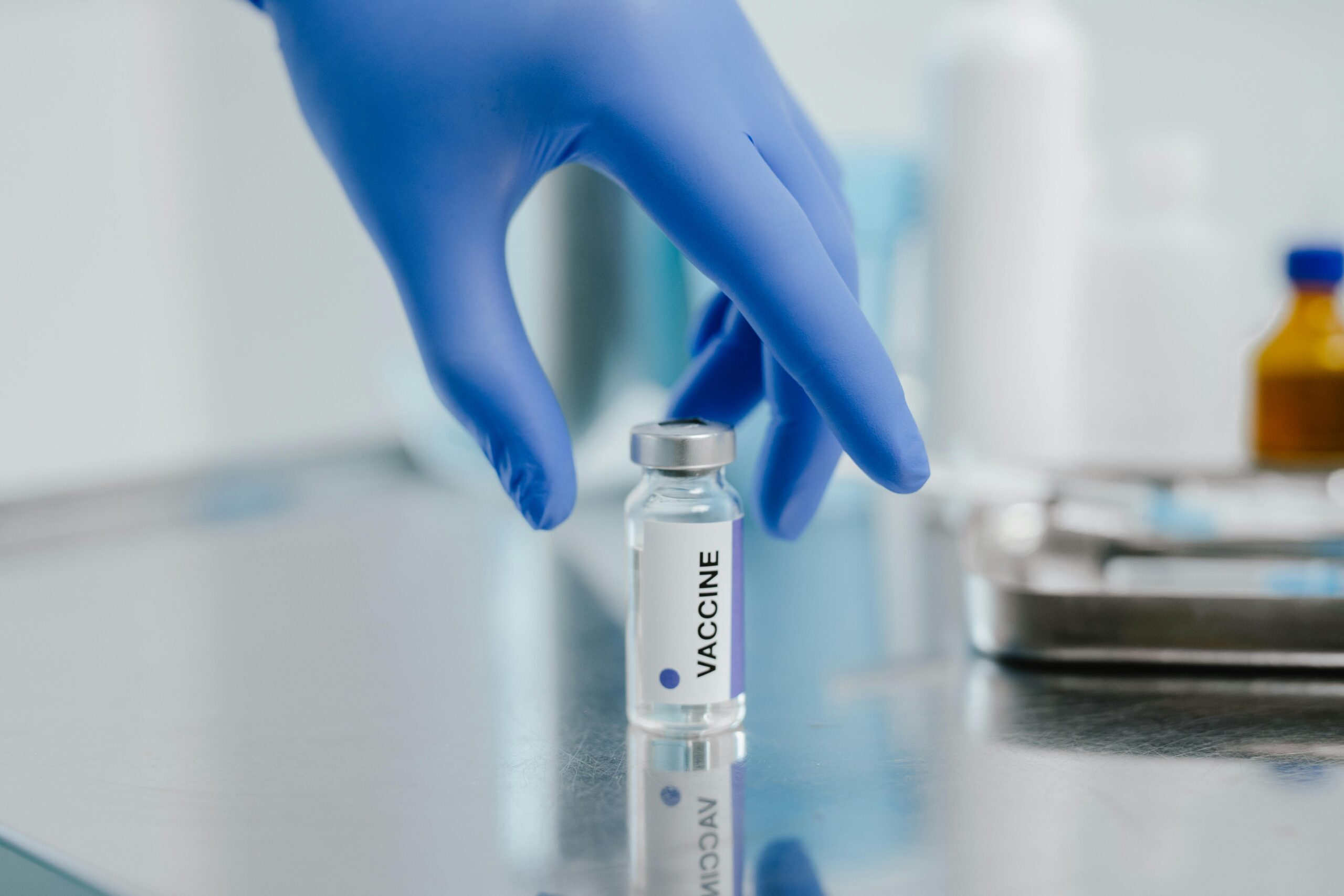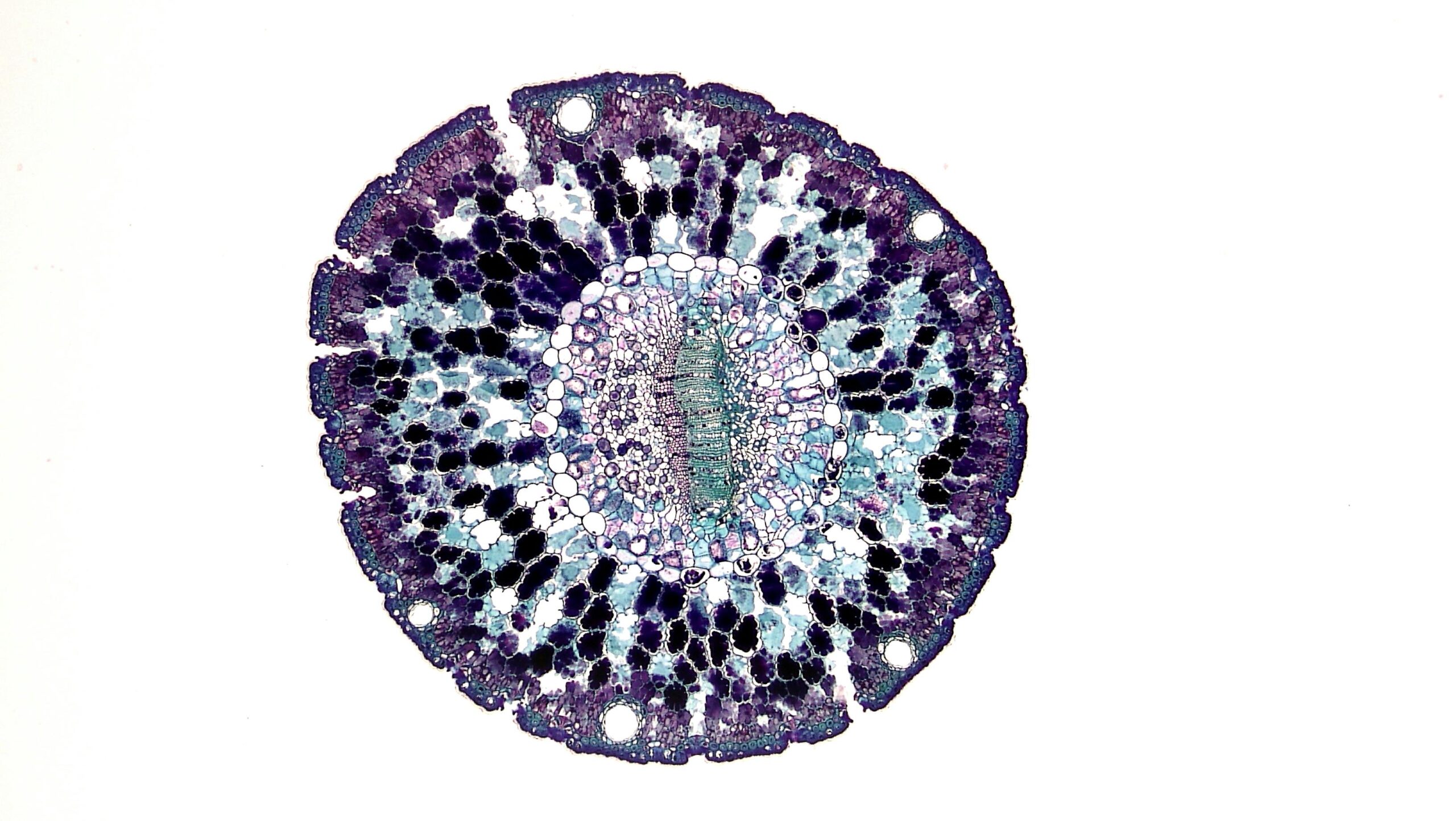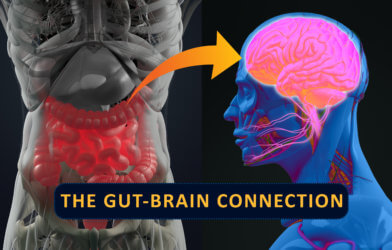Could a simple dose of good bacteria be customized just for you, perfectly matched to your diet and where you live? New research brings us closer to a future where probiotics are as personalized as your daily meal, promising a significant shift in how we promote health, especially for the most vulnerable: infants.
For years, doctors have used probiotics in neonatal intensive care units to help tiny, premature babies fight off serious gut diseases such as necrotizing enterocolitis. These beneficial bacteria, often from the Bifidobacterium family , are like microscopic superheroes in an infant’s gut, particularly for those who are breastfed. They not only crowd out harmful germs but also help build a baby’s immune system. Studies even show that giving probiotics to the youngest preterm infants in the U.S. can reduce their overall risk of death.
But what works wonders in one part of the world might not in another. Consider a study in Bangladesh where severely malnourished infants received probiotic treatment. While it helped them gain weight, the beneficial bacteria didn’t establish a permanent home in their microbiomes as expected, unlike what researchers had observed in the U.S.. This puzzling observation led scientists to a critical question: Could the local diets of Bangladeshi children be affecting how well the probiotics worked?
“We wondered if the strain was less effective because it was not adapted to the local diets of Bangladeshi children,” explained Andrei Osterman, PhD, a professor in the Center for Data Sciences at Sanford Burnham Prebys and vice dean and associate dean of Curriculum in the Graduate School of Biomedical Sciences. This realization sparked a groundbreaking idea: What if we could predict which probiotic strains would thrive in different environments, allowing us to match the right probiotic to the right child based on their diet and location?
Mapping the Microbiome: How Scientists Decoded Gut Bacteria
That’s precisely what Osterman, along with Aleksandr Arzamasov, PhD, a postdoctoral associate at Sanford Burnham Prebys, and their team set out to discover. Their findings, published on July 16, 2025, in Nature Microbiology , reveal a powerful new ability to predict how Bifidobacterium strains adapt to different food sources. They’ve essentially created a detailed map of how these beneficial bacteria “eat” and grow, which could transform how we develop probiotics for people worldwide.
To create this map, the scientists first had to understand how Bifidobacterium breaks down specific carbohydrates to create energy. Many complex fibers we eat aren’t digested by our bodies, especially the more complex fibers, but instead travel straight to the large intestine where they can be metabolized by gut bacteria.
The research team meticulously analyzed 263 Bifidobacterium genomes and combined this with information from hundreds of previous studies. This allowed them to reconstruct 68 specific “metabolic pathways”—unique ways different bacteria digest particular carbohydrates.
The real leap forward came when they trained an artificial intelligence (AI)-based model. This AI then analyzed more than 2,800 additional genomes, predicting each strain’s ability to consume those 68 identified glycans. It’s like teaching a super-smart computer to recognize the unique dietary preferences of thousands of different bacterial types.
To confirm their predictions, the scientists put them to the test. They selected 30 geographically diverse Bifidobacterium strains and observed their ability to grow when exposed to 43 different carbohydrates corresponding to the predicted carbohydrate utilization pathways. The results were remarkable: their predictions of bacterial growth were over 94% accurate when compared to actual growth in these validation experiments. This high level of accuracy indicates their “map” is incredibly reliable.
Uncovering Global Gut Differences
What this detailed map revealed was fascinating: differences in how these bacteria utilize carbohydrates were directly linked to their geographic location, the typical diet, and even lifestyle. For example, they discovered distinguishing features of Bifidobacterium strains isolated from the fecal samples of Bangladeshi children. These particular strains had a unique capacity to digest both carbohydrates from human milk and plant fibers. This finding suggests that these strains had adapted over time to changes in nutrients as an infant transitions from milk to other foods.
“We found that these Bangladeshi isolates have unique gene clusters and unique metabolic phenotypes not found in any other genomes of strains isolated from other parts of the world,” said Arzamasov. This observation underscores a crucial point: there’s immense, often overlooked, biological diversity in the gut microbiomes of understudied populations around the world, which is currently underappreciated. Understanding this diversity is key to developing more effective and culturally sensitive health interventions.
The Promise of Precision Probiotics
By detailing how carbohydrate metabolism strategies vary across and within Bifidobacterium species and are shaped by ecological factors—including host age, diet and lifestyle—Osterman, Arzamasov and their colleagues have provided a critical resource for future research and the development of personalized probiotics.
“With this encyclopedia of sugar utilization pathways in hundreds of strains with sequenced genomes, you can now confidently predict what are the nutrients that support their growth and what are the nutrients that do not support their growth,” stated Osterman, the senior and co-corresponding author of the study. He emphasized that in addition to a compendium of hundreds of already known bacterial isolates, they built a tool that can be used to provide the same type of predictions for thousands and thousands more.
This knowledge has profound implications. “You can use this knowledge to select the strains as probiotic candidates for a given situation,” Arzamasov explained. He added that it also allows for very precise definition of what nutrients would support these probiotic strains to guide the rational development of supplementary foods to make them even more effective.
This research paves the way for a future where we can precisely match beneficial bacteria to an individual’s unique needs, maximizing their health benefits and ensuring they truly thrive where they’re needed most.
Paper Summary
Methodology
The researchers analyzed 263 Bifidobacterium genomes and data from hundreds of previous studies to identify 68 metabolic pathways related to carbohydrate digestion. An AI model was then trained on over 2,800 additional genomes to predict their carbohydrate consumption capabilities. The predictions were validated by observing the growth of 30 Bifidobacterium strains on 43 carbohydrates, achieving over 94% accuracy.
Results
The study successfully predicted the nutritional adaptations of Bifidobacterium strains, showing differences in carbohydrate utilization based on geographic location, diet, and lifestyle. Notably, Bifidobacterium strains from Bangladeshi children displayed unique metabolic features allowing digestion of both human milk carbohydrates and plant fibers, indicating adaptation to dietary changes during weaning. This research provides a resource and tool for predicting the growth-supporting nutrients for Bifidobacterium strains.
Limitations
The provided text does not explicitly detail any limitations of the study.
Funding and Disclosures
The study was supported by the National Institutes of Health and the Bill & Melinda Gates Foundation. Jeffrey Gordon, MD, was a co-corresponding author.
Publication Information
The findings were published on July 16, 2025, in Nature Microbiology. The study’s DOI is 10.1038/s41564-025-02056-x.










